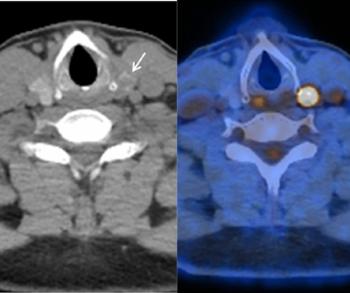
Digital Tomosynthesis vs DR in Post-Operative Imaging of Orthopedic Hardware
Digital tomosynthesis versus DR following hand and wrist surgery with hardware.
Post-operative digital tomosynthesis (DTS) provides more visibility than digital radiography (DR) to confirm placement of orthopedic hardware following trauma or arthrodesis in the hand and wrist, according to a study published in
Researchers from Switzerland performed a prospective study to investigate using DTS as an alternative to DR following surgery to insert orthopedic hardware in the hand and wrist.
A total of 36 patients participated in the study. Their mean age was 36 and 12 patients were women. Imaging was performed with DTS in dorso-palmar projection and DR was performed in dorso-palmar, lateral, and oblique views. The images were evaluated by two independent radiologists for qualitative and diagnosis-related imaging parameters using a four-point Likert scale (1=excellent, 4=not diagnostic) and nominal scale.
The results showed that interobserver agreement was higher for the image quality with DTS compared to DR. This was even more apparent for fracture-related parameters. Delineation of fracture margins and delineation of adjacent joint spaces scored significantly better for DTS compared to DR.
Interobserver agreement was almost equal when looking at diagnosis-related findings. DTS showed a significant higher sharpness of fracture margins and mean dose area product (DAP) for DTS was significantly higher compared to DR.
The researchers concluded that DTS was superior to DR when examining images for fracture healing and interobserver agreement was higher for DTS compared to DR in the postoperative assessment of orthopedic hardware in the hand and wrist.
Newsletter
Stay at the forefront of radiology with the Diagnostic Imaging newsletter, delivering the latest news, clinical insights, and imaging advancements for today’s radiologists.




























